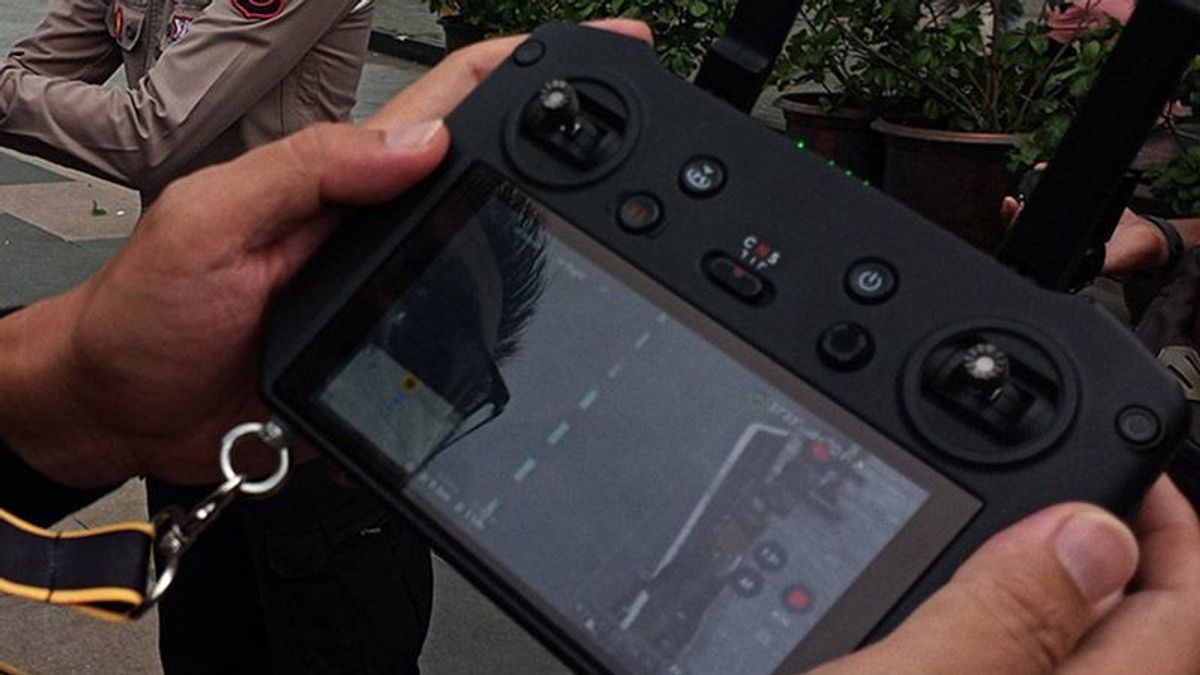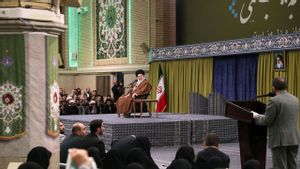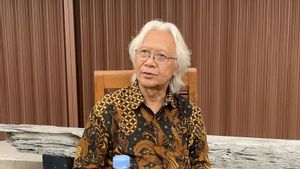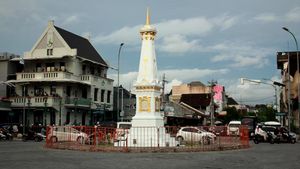The police are testing the electronic ticketing system or Electronic Traffic Law Enforcement (ETLE) based on unmanned aircraft or drones in Purwokerto, Banyumas Regency, Central Java (Central Java).
The activity was carried out on Jalan Jenderal Sudirman on the south side of the Purwokerto Square, Tuesday, January 31 afternoon. The Central Java Police flew a drone or drone to monitor the flow of traffic on the road.
From the results of the trial, a number of traffic violations were recorded by the camera installed on the drone. However, it cannot confirm how many because it has to go through a series of verification and validation processes.
"So, this is an order from Mr. Dirlantas directly and carried out at 35 police stations in the jurisdiction of the Central Java Regional Police. This (Purwokerto, Red) is the 29th location," said Head of the Section of Violation (Sigar) Sub-Directorate of Law Enforcement (Subditgakkum) Ditlantas Polda Central Java, Police Commissioner Ilham Syafriantoro Sakti, Tuesday afternoon, January 31 afternoon.
He added, apart from collaborating with the Banyumas Police Traffic Unit, in this trial his party collaborated with the Indonesian Drone Pilots Association (APDI).
According to him, the ETLE, which is integrated with unmanned aircraft, is a refinement and development of ETLE which has been very massively carried out at the Central Java Police.
"As we know in the Central Java Regional Police, there is a Statistical ETLE, a Mobile Handheld ETLE, and this is refined again by a Drone ETLE," he said.
Kompol Ilham said, the function of the drone is of course not only as well as for the prosecution of violations.
According to him, this is also part of traffic management efforts or traffic management in monitoring traffic flow situations in certain locations, especially trouble spot points or blank spots.
"So more or less the mechanism is the same as ETLE in general. In terms of when drone operations, finding eye-to-eye traffic violations, the team will capture (the video footage from the drone, ed.)," he said.
According to him, the results of the arrest of the violation in the form of the image were then sent to the ETLE back office for processing of data through the verification process and validation and then sent to the address of the offender.
He admitted that the use of drone-based ETLE can only be done when the drone is operational.
"This is what distinguishes it from the existing ETLE. Of course, drones that we feel are dynamic in nature, can move anywhere, but we do this not arbitrarily," said Kasigar.
In this case, he said, the officer who operates the drone must have attended the training and certification from APDI.
Asked about the evaluation of the results of trials in previous cities, he said the use of drone-based ETLE was very effective because the coverage of the drone was wider.
"We know that ETLE Statis is facing one direction and ETLE Mobile has a limited range, but with this drone it can reach even wider. We certainly have to be able to read the number plate because from there we can get vehicle data," he said.
Regarding the implementation of drone-based ETLE in every police station, he said that for the time being the ETLE Drone Team was still manned by the Central Java Police Ditlantas Sub-Directorate for having attended training and certification from APDI.
However, in the future, he said, gradually the Satlantas personnel from each police station will attend training and certification.
The English, Chinese, Japanese, Arabic, and French versions are automatically generated by the AI. So there may still be inaccuracies in translating, please always see Indonesian as our main language. (system supported by DigitalSiber.id)













